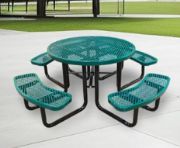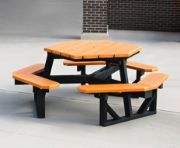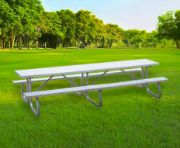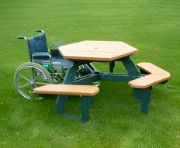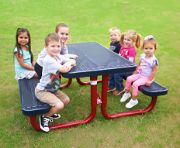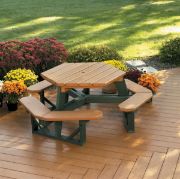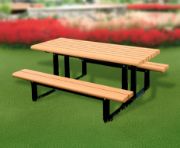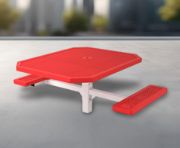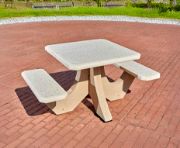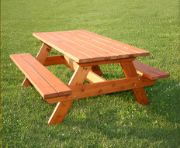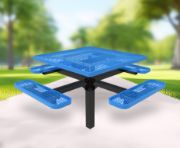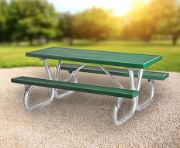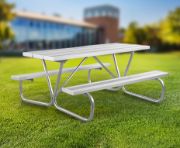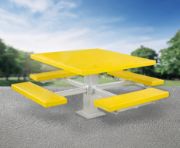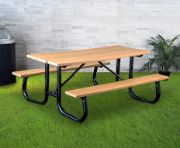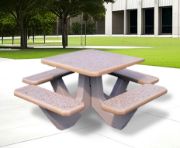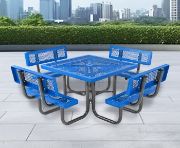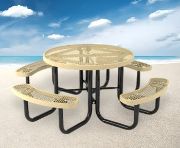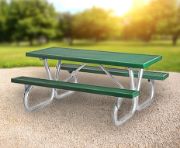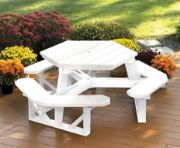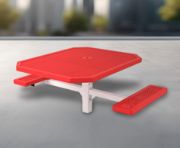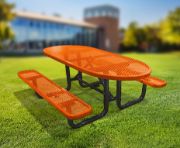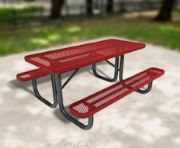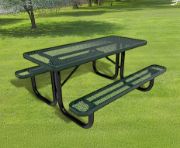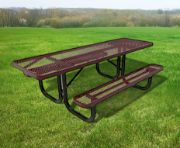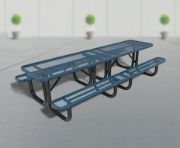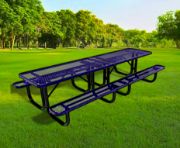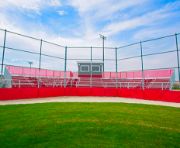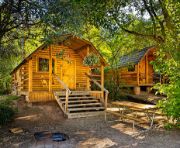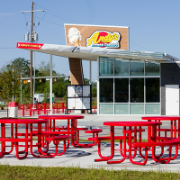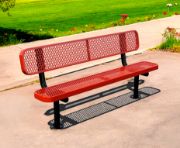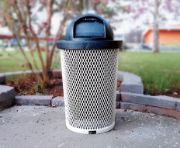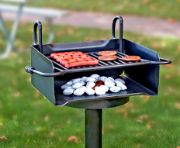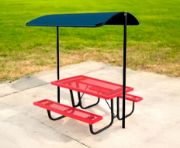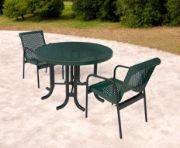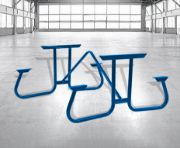How Concrete Picnic Tables Are Made -Monday, September 11, 2023 To discover the full process behind crafting these long-lasting and weather-resistant picnic tables, dive into the detailed guide and see how each step contributes to their durability and appeal.
Menu
Search
You have no items in your shopping cart.
RSS
Blog posts of '2023' 'September'
Blog search
Blog archive
Popular blog tags
- 5 essential tips when ordering commercial picnic tables
- advantages of using steel picnic table frame kits
- choosing the right option for your business
- environmental impact of using commercial picnic tables in public spaces
- experience with high-top picnic tables
- hosting a successful camping picnic
- how concrete picnic tables are made
- how many people can sit at a picnic table?
- How To Secure Commercial Picnic Tables
- maintenance tips for concrete picnic tables
- picnic tables and benches for comfortable outdoor
- picnic tables made in the usa vs china
- space saving picnic tables vs ada picnic tables
- Thermoplastic Picnic Table
- What Makes a Picnic Table ADA Compliant
About Us
Picnic Table Supplier is a trusted provider of commercial picnic tables, with over 15 years of experience. Our durable, American-made tables are designed for heavy-duty use in settings such as parks, schools, and campgrounds. Our knowledgeable staff and competitive prices make for a personalized and efficient buying experience. Elevate your outdoor seating with our commercial-grade picnic tables by shopping at Picnic Table Supplier today.

